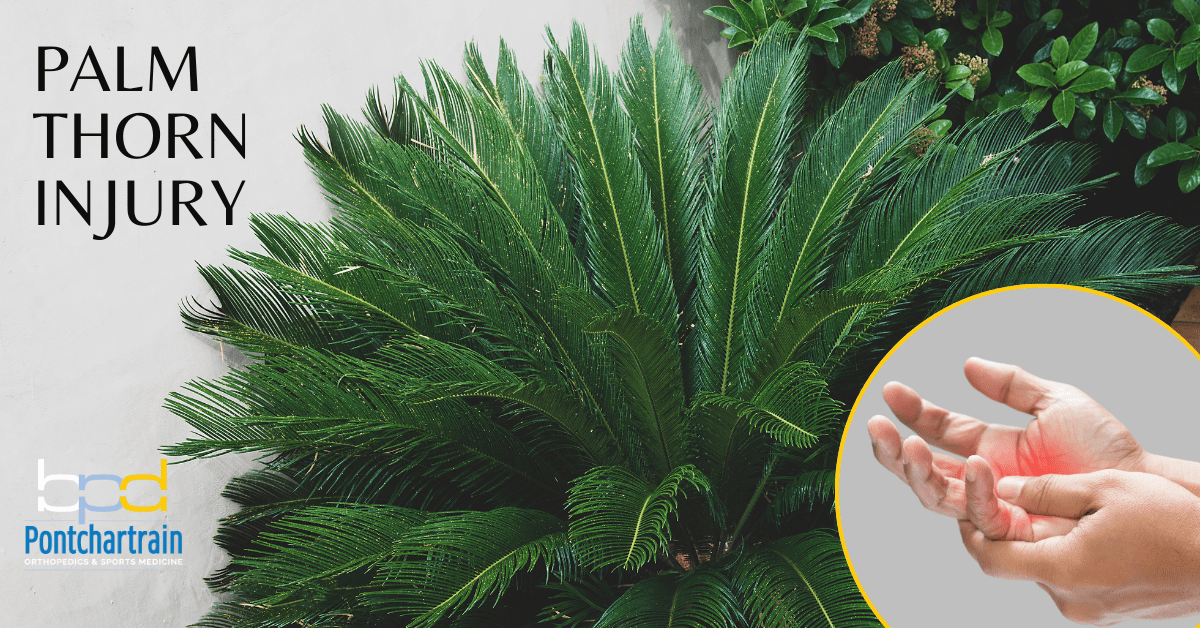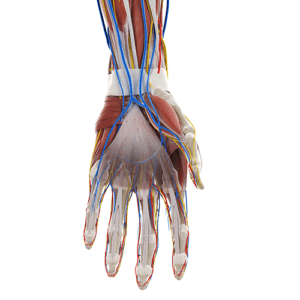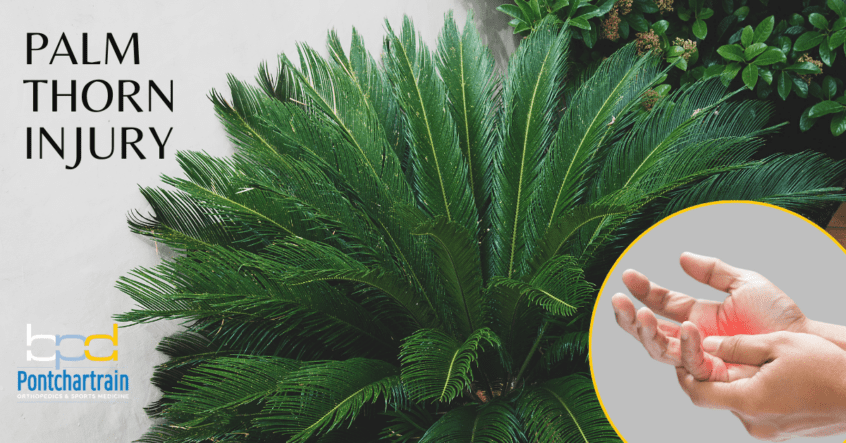
While it may seem unusual, I see a surprising number of puncture wound injuries after a freeze. It's not icicles, rather, the result of accidents that occur when people trim back their dead palm fronds! Puncture wounds are particularly susceptible to infection. It’s especially important to care for your hands when working in the yard. In today’s post, I’ll discuss how to determine if a wound is a simple annoyance, when to see a specialist, and how to prevent injuring your hands.
From cat bites to firework hand injuries, puncture wounds can seem minor, but pose serious risks of infection, and long term injury.
The Problem with Puncture Wounds
As a board certified orthopedic surgeon, I've encountered a myriad of hand injuries throughout my career, each with its unique challenges and causes. From cat bites to firework hand injuries, puncture wounds can seem minor, but pose serious risks of infection, and long term injury. One such injury that brings patients through my clinic doors after a freeze is a puncture wound from palm thorns that occurs while trying to trim back those dead palm fronds. While seemingly minor, these injuries can lead to complications if not treated promptly and properly. In this blog post, let's delve into the intricacies of palm thorn hand injuries, exploring their causes, symptoms, and the importance of seeking timely medical attention.
Understanding the Anatomy
 The hand and fingers of the hand are complex structures, comprised of numerous tendons, nerves, and blood vessels that are susceptible to injury in various ways. When a thorn penetrates the skin, it can cause damage to these vital components, leading to pain, swelling, and potential complications. While palm thorn injuries are commonly associated with gardening activities, they’re even more common especially after a freeze, when gardeners are in a hurry to trim-back unsightly, dead palm leaves, and get back inside.
The hand and fingers of the hand are complex structures, comprised of numerous tendons, nerves, and blood vessels that are susceptible to injury in various ways. When a thorn penetrates the skin, it can cause damage to these vital components, leading to pain, swelling, and potential complications. While palm thorn injuries are commonly associated with gardening activities, they’re even more common especially after a freeze, when gardeners are in a hurry to trim-back unsightly, dead palm leaves, and get back inside.
Causes of Thorn Injuries
Symptoms
Treatment Options
Upon encountering a palm thorn injury, the first step is to carefully remove the thorn using sterilized tweezers. However, it's crucial to avoid squeezing the thorn, as this may lead to further injury. Cleaning the wound with mild soap and water is essential to prevent infection. Applying an antiseptic ointment and covering the wound with a sterile bandage can aid in the healing process.
In some cases, especially when thorns are deeply embedded or complications arise, seeking professional medical assistance is imperative. We may use imaging techniques like X-rays to assess the extent of the injury and determine if any foreign objects remain in the hand. Depending on the severity, surgical intervention may be required to remove thorns or address damage to tendons and nerves.
Preventive Measures
What to do if you’ve been injured
About Dr. Brandon P. Donnelly, MD
 Dr. Brandon P. Donnelly is a board certified hand surgeon with Pontchartrain Orthopedics & Sports Medicine. Dr. Donnelly completed his hand and microsurgery fellowship at the prestigious Philadelphia Hand to Shoulder Center. Dr. Donnelly treats all ages of patients in the greater New Orleans area for hand, wrist, and elbow conditions.
Dr. Brandon P. Donnelly is a board certified hand surgeon with Pontchartrain Orthopedics & Sports Medicine. Dr. Donnelly completed his hand and microsurgery fellowship at the prestigious Philadelphia Hand to Shoulder Center. Dr. Donnelly treats all ages of patients in the greater New Orleans area for hand, wrist, and elbow conditions.
This site is not intended to and does not provide medical advice, professional diagnosis, opinion, treatment or services to you or to any other individual. Through this website and links to other websites, Brandon P. Donnelly, MD provides general information for educational purposes only. The content provided in this website and links, is not a substitute for medical care or treatment. You should not use this information in place of a consultation or the advice of your healthcare provider. Brandon P. Donnelly, MD is not liable or responsible for any advice, course of treatment, diagnosis or any other information, services or product you obtain through this site.

